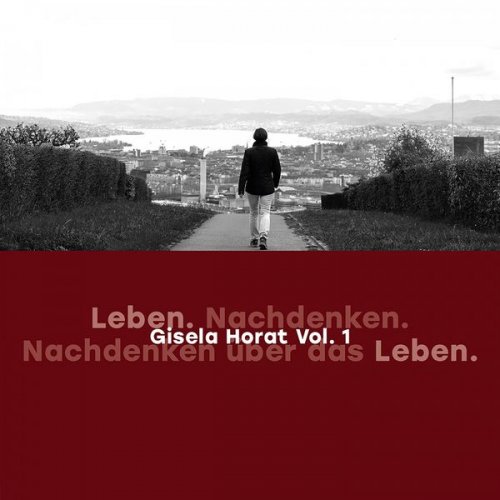Luca Faldelli - Sergey Ljapunov: Piano Works (2024)

Artist: Luca Faldelli
Title: Sergey Ljapunov: Piano Works
Year Of Release: 2024
Label: Da Vinci Classics
Genre: Classical Piano
Quality: flac lossless (tracks)
Total Time: 01:03:55
Total Size: 228 mb
WebSite: Album Preview
TracklistTitle: Sergey Ljapunov: Piano Works
Year Of Release: 2024
Label: Da Vinci Classics
Genre: Classical Piano
Quality: flac lossless (tracks)
Total Time: 01:03:55
Total Size: 228 mb
WebSite: Album Preview
01. Chant du crèpuscole, Op. 22
02. Chant D'Automne, Op. 26
03. Piano Sonata, Op. 27
04. Variations and fugue on a Russian Theme, Op. 49
05. Variations on a Georgian Theme, Op. 60
This year 2024 marks the hundredth anniversary of Sergei Mikhailovich Lyapunov’s death, and is therefore a welcome opportunity for discovering, re-discovering, or at least disseminating and enjoying, the work of this great composer of late-Romantic Russia.
He was born in Yaroslavl, on November 18, 1859, to a refined and cultivated family. His father, Mikhail Vasilievich, was a scientist who specialized in astronomy and mathematics: Alexander, one of Sergei’s two brothers (the other was called Boris) would become in turn a celebrated mathematician, who is still remembered for his discovery of a particular mathematical function.
Their mother, Sofya Alexandrovna, was a proficient amateur pianist who gave the first musical instruction to her son Sergei, who had displayed unmistakable signs of musical talent at a very young age.
Unfortunately, Mikhail died when Sergei was just eight; thus, the family had to relocate in the larger city of Nizhny Novgorod. This, however, provided Sergei with opportunities which he would have hardly received in his birth city. Specifically, he could study, from 1873 to 1878, in Nizhny Novgorod, where a branch of the Russian Musical Society’s school had opened just recently. At 19, in 1878, Sergei was admitted to the prestigious Conservatory of Moscow, not least thanks to the recommendations provided by the great Nikolai Rubinstein, one of the most famous Russian musicians of the era who was also the Conservatory’s director. In Moscow, Lyapunov could complete his musical education under the guidance of leading musicians. He studied piano with two former pupils of Franz Liszt, i.e. Paul Pabst (1834-1897) and Karl Klindworth (1830-1916), and also with V. I. Wilborg. His teachers of composition were Nikolai Hubert (1840-1888), but especially Pyotr Ilyich Tchaikovsky (1840-1893) and a former student of Tchaikovsky himself, i.e. Sergei Taneyev (1856-1915).
This musical lineage would have automatically qualified Lyapunov as a “Western” Russian musician: at that time, the Russian musical panorama was deeply divided between two main schools. One was more academic and traditional, and looked West for inspiration: its most important representative was, in fact, Tchaikovsky. The other school had a “nationalistic” approach and aimed at a deep study of the Russian folk heritage, of the modes and styles of local musicianship, and at their integration within the forms and genres of the classical repertoire. Its main representatives were the “Mighty Handful”, or “The Five”: a group of musicians from St. Petersburg, several of whom lacked any official academic training, but who were able to infuse genuinely Russian elements (rather than “postcard Russia”) within their music.
Lyapunov, although trained in the former field, was more attracted by the latter, and so he sought advice, guidance, and mentorship from the St. Petersburg musicians, and in particular from Mily Balakirev. This led him to a momentous and courageous decision, i.e. to reject the offer of a job from the Moscow Conservatory and to continue his education (at an age when, by coeval standards, he should have abundantly finished it) under the guidance of the St. Petersburg “outsiders”.
Lyapunov had graduated in 1883 from the Conservatory of Moscow, and he turned to Balakirev as to his new mentor: Balakirev would fulfil splendidly this role, but also become a revered friend for Lyapunov, who warmly reciprocated. In that same year, Lyapunov debuted as a conductor, and his first appearance with the baton was greeted enthusiastically by the very exacting Muscovite press.
He was to abandon the city of the Kremlin, however, in favour of that on the Neva, where he took residence in 1885. Balakirev introduced him to his circle, and particularly to the Mighty Handful: Aleksander Borodin, César Cui, Modest Mussorgsky and Nikolai Rimsky-Korsakov. Balakirev encouraged his young protégé to embark in the composition of a Symphony, which was to become his First Symphony in B minor. Lyapunov’s works began to appear in print, issued by publisher Zimmermann, and this increased both his fame and his finances.
In 1890, Lyapunov was earning his life as a music teacher at the Nikolaev Cadet Corps; later, he succeeded Rimsky-Korsakov in the prestigious job of Assistant Director of the Imperial Chapel. In the meantime, Lyapunov cooperated with Balakirev in order to edit the complete works of Glinka, the greatest Russian musician prior to the late-Romantic flowering.
Their interest in Russian music of the past was not limited to “art music” such as Glinka’s, but also to folk traditions; indeed, Lyapunov, Balakirev and Anatoly Lyadov were entrusted a delicate mission by the Imperial Geographical Society. They did some impressive fieldwork in three regions (Vologda, Vyatka/Kirov and Kostroma) where they collected approximately 300 folksongs, a tenth of which were arranged by Lyapunov as songs for voice with piano accompaniment.
Lyapunov’s career proceeded with the assignment of a chair as a professor of piano and theory at the Conservatory of St. Petersburg (1910-1917); furthermore, he was an acclaimed piano soloist and conductor who toured extensively both nationally and internationally.
With the outbreak of the Russian Revolution, Lyapunov abandoned his homeland and settled in Paris (1923), but, as mentioned at the beginning of this short biography, he died just one year later, due to a heart attack.
His Chant du crepuscule, op. 22, was written in 1904 and published by Zimmermann in Leipzig the same year. It bears witness to Lyapunov’s extraordinary pianism, which is also testified by his pianistic opus magnum, i.e. his twelve Etudes d’exécution transcendante op. 11 which complete Liszt’s eponymous collection both in numerical terms (a dozen each, totaling 24 pieces just as Chopin’s two major opuses of Etudes, i.e. op. 10 and op. 25), and in technical/musical terms. It will be recalled that Lyapunov had studied piano with two of Liszt’s pupils, and his approach to the piano, both technically and musically, had been shaped by Liszt’s legendary school.
Although this particular piece is not primarily virtuosic, but rather elegiac, expressive, and passionate, it requires full mastery of piano technique and a wide set of pianistic skills, as well as large hand-span and the capability of managing seamlessly complex rhythmical figures and their combinations. The overall atmosphere is that of a nostalgic piece, as befits a contemplation of sunset; it is a work not without elan and life – far from it – but one in which life is contemplated, so to speak, from afar. It is also a piece exuding “Russianness” through and through.
A similar atmosphere marks his Chant d’automne, op. 26, written two years after op. 22 (1906), and again printed by Zimmermann (the work is dedicated to Sophie Chipilow). The piece begins with deceiving simplicity, with an unaccompanied melodic line which later gives way to an accompanied song in the fashion of a Chopinesque nocturne. The left hand’s waves, always from the upbeat and directed upwards, give momentum and dynamism to an otherwise quiet and elegiac contemplation. However, particularly when the pace changes to a Poco più animato, the texture thickens, the technical demands increase, and the waves of tension/distension become more pronounced, up to a delicate cadenza. The reprise is adorned and more sustained, until a calmer Più lento brings the piece to its close, in an ethereal ppp.
Lyapunov’s Piano Sonata op. 27 is coeval with the preceding works, having been written approximately between 1906 and 1908 and issued in 1908 by Zimmermann. The long and complex gestation of this work marked a moment of deep disagreement between Lyapunov and Balakirev. True, Lyapunov did not focus entirely on this project during the two years it took him to finish it; he was particularly busy, in that period, with teaching (at the Saint Helen’s Institute) and concertizing. However, when he had completed the piece’s composition, he did not ask for Balakirev’s opinion (which he normally sought and prized highly), but rather sent the score directly to the publisher. Before its appearance in print, however, Balakirev could see it, and he starkly criticized it, both as concerns its larger structure and its details. Indeed, Balakirev’s dissatisfaction with his friend and pupil’s work seemed to increase with each audition, to the point that, when Lyapunov premiered the Sonata in a semi-public venue, Balakirev polemically left the room.
The work is in a single movement, in the form consecrated by Liszt’s B-minor Sonata, and resuming in its seamless structure the traditional three movements of the classical Sonata; the unity thus achieved allows for a heightened narrative component, since the music flows powerfully and embraces the listener in its majestic waves. The result, though inspired by Liszt, is also quintessential Lyapunov, particularly in its Russian-sounding melodies and in what it suggests of exotically Oriental.
If the Sonata seems to allude to Liszt’s B-minor Sonata, the Variations and Fugue on a Russian Theme, op. 49 (1912) seem to pay homage to Brahms’ Handel-Variations. This regards particularly the overall concept, and the ideals and values it embodies. Just as Brahms had aimed to pay homage to the great Baroque (and German) tradition by transforming Handel’s graceful theme into a masterly and majestic composition which explores the full palette of piano technique and the complex polyphony of the concluding Fugue, so was Lyapunov eager to demonstrate the artistry and the nobility of Russian music by employing it for a similar work. It is a demanding piece, whose transcendental technique mirrors the vastity of its musical horizons and ambitions.
Something similar, although on a slightly different plane, can be said of the Variations on a Georgian Theme op. 60, written in 1914/15. They are another large-scale work, whereby the choice of a Georgian theme aims at creating some kind of distance even from “Russianness”: in other words, if Russia was felt as exotic by the representatives of mainstream Western music, Georgia was somewhat exotic for the mainstream Russian culture. The enigmatic theme, with its modal aura, gives birth to a series of variations whereby lively playfulness, singing tones, utter and powerful virtuosity, and rich polyphonic textures intertwine.
These works are all masterful examples of a genius’ pen, and they would deserve to be fully admitted within the international repertoire of pianists; this recording, paying homage to Lyapunov’s centennial, contributes to the appreciation of this unjustly neglected figure.
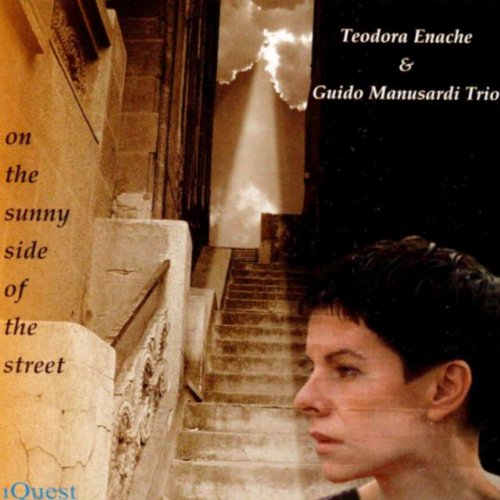
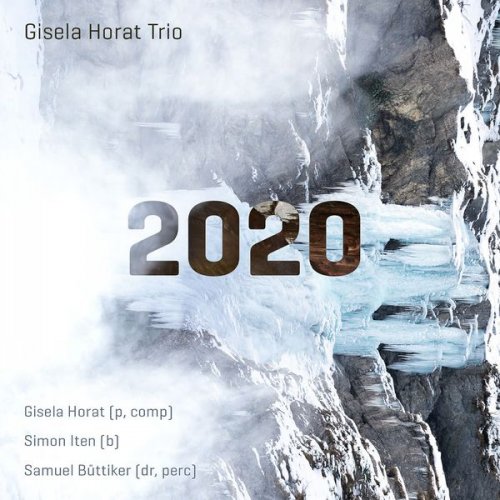

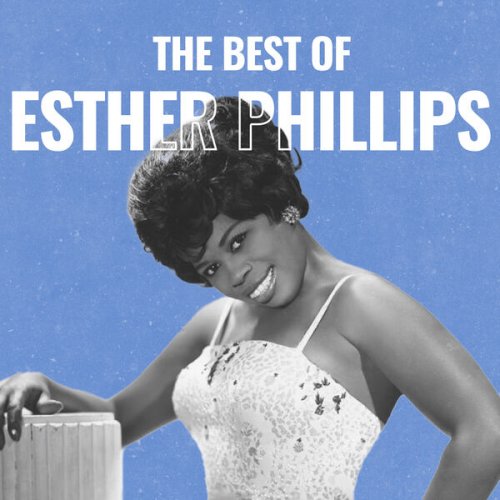

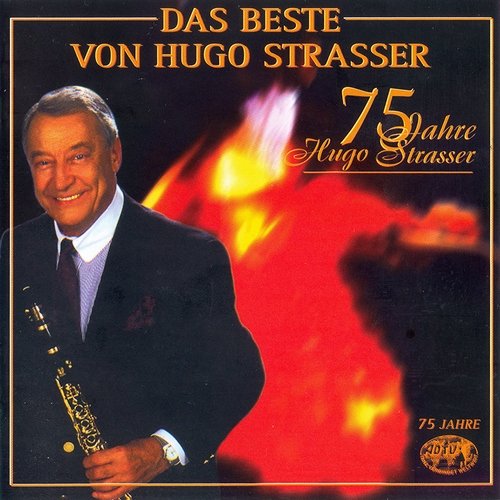
![Singular - SINGÜLAR (2025) [Hi-Res] Singular - SINGÜLAR (2025) [Hi-Res]](https://www.dibpic.com/uploads/posts/2025-12/1766913064_h3d0mb26iq5fb_600.jpg)

